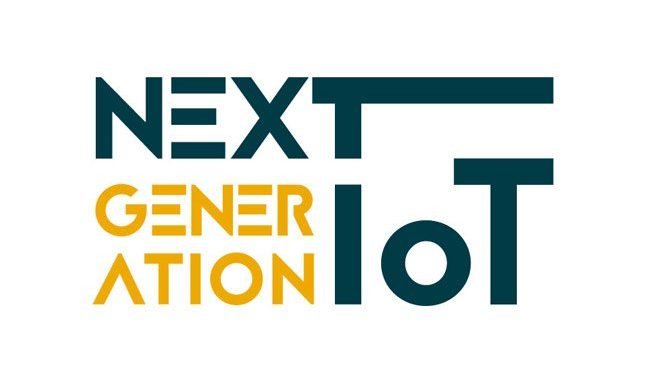6G is currently under definition, being often addressed from a plain telecommunications perspective, as an evolutionary paradigm that represents an extension of 5G. Having as horizon 2030, 6G initiatives are being deployed across the globe, to further ignite the development of 6G services. In its philosophy core, 6G embodies the “human in the loop” principle. The research effort being developed towards 6G requires an interdisciplinary approach that ignites discussion across different key technological sectors, ranging from communications until services and business cases.
CONASENSE2022 provides an interdisciplinary view, based on the CONASENSE vision, which considers 6G as a paradigm that can be addressed by working together 4 different computational areas: communications; satellites and navigation; sensing; services.
The symposium accepts 3 types of papers: i) student papers, format of extended abstract; ii) short-paper, 4-6 pages; iii) full papers, 8-12 pages:
- Student papers: 2 pages max, format of extended abstract. Refer to student work (MSc, PhD) that address research under development and cover the following aspects at least: i) problem space: to which problem does this research contribute to; ii) research approach: what is the basic idea, how is it being developed and which part of the problem space it serves; iii) related work, which alternatives are there, and what are the contributions of this specific work towards related work; iv) status and Key performance indicators. Student papers must have as first author the student, and as co-authors the supervisor(s)
- Short papers: 4-6 pages; 2-column, IEEE template for conferences. Short papers relate with novel work, that may still be in a development phase of research.
- Full papers: 8-12 pages; 2-column, e.g., IEEE template for conferences. Long papers should have a maximum of 12 pages; should focus on solid technical work.
Submissions are handled via EDAS: https://edas.info/newPaper.php?c=29300
CONASENSE2022 will be held in Munich, Germany and also allows authors to participate remotely (hybrid mode).
Authors may opt, after paper acceptance and during registration, on the type of presentation: in-person in Munich, or remotely.
Accepted papers must be registered and presented at the symposium by at the least the correspond author. All papers will be in the symposium proceedings (River Publisher, Open Access and submitted to Scopus for indexing); authors of best papers will be invited to a special issue of the MDPI Future Internet (Scimago Q2 in Computer Networks and Communications)
Deadlines:
- Full paper submission Deadline: 15th May 2022
- Acceptance Notification: 31st May 2022
- Camera-Ready Submission: 10th June 2022
- Symposium Date: 27th-29th June 2022
The proposed topics include but are not limited to:
- Communications: Unified architectural communications involving ground to spaceborne infrastructures; quantum communications and their role and challenges in 6G; Machine-to-machine and device-to-device communication aspects; security aspects in 6G, including mitigation of attacks and architectural challenges; network architectures and protocols for 6G;
- Navigation and Satellite Integration: AR/VR advanced navigation approaches, considering both indoor and outdoor scenarios; new navigation applications, e.g., navigation systems for visually impaired people; navigation based on wireless systems; the role of satellite systems and space communications in supporting future IoT systems; geolocalization services and challenges; Data verification, data curation aspects, data privacy aspects.
- Sensing: Internet of Things and its integration in different vertical markets; Internet of Everything and AIoT; Interfacing to the real world, in particular tactile interfacing, user-centric, context-aware man-machine interfacing.
- Services: The role of the Metaverse, AR/VR development towards 6G; Semantic technologies and their role in the development of a 6G unified architectural communications vision; ML application, in particular federated learning and decentralised learning approaches (e.g., swarm, hybrid federated learning approaches) required to support 6G services; new services and use-cases, e.g., emergency services, remote surgery, smart manufacturing, space exploration, underwater communications; New Edge-based services and the role of Edge computing
- Sustainability and Greenness: methodological analysis and research focused on automated evaluation of sustainable solutions towards 6G; analysis of 6G business advantages, proposal of business models and green business frameworks, etc.




